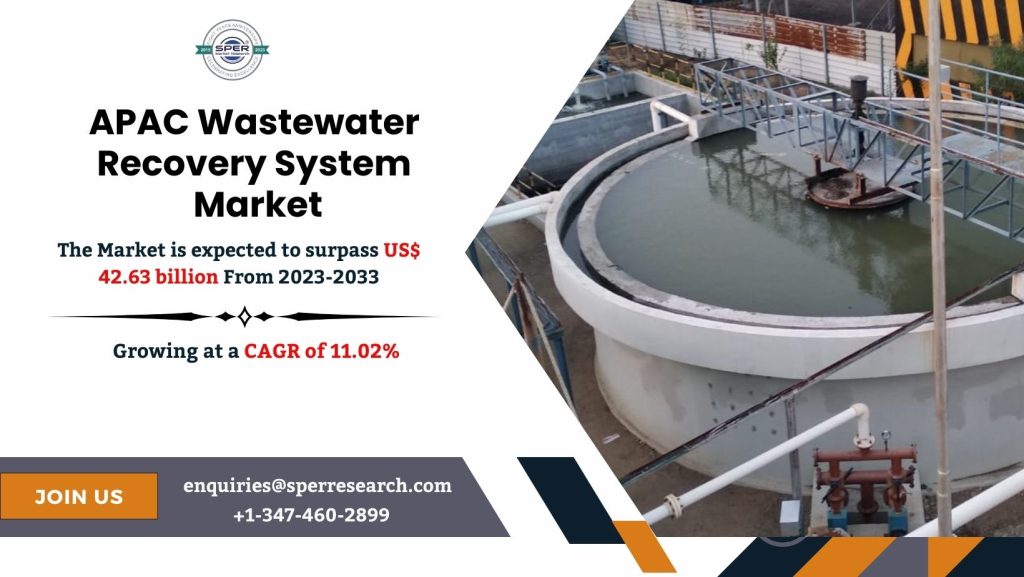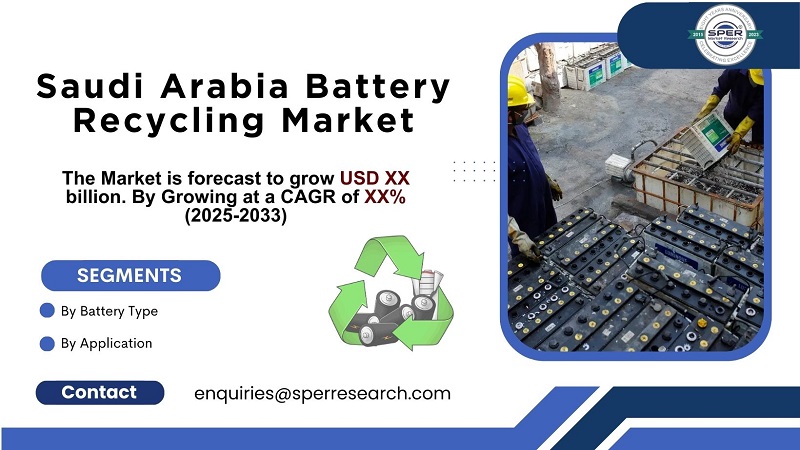A wastewater recovery system is a sophisticated treatment solution aimed at reclaiming and reusing water from industrial, municipal, or residential sources. It utilizes a blend of physical, chemical, and biological processes—such as membrane filtration, reverse osmosis, activated carbon, and ion exchange—to eliminate pollutants and make the water suitable for reuse. These systems play a vital role in reducing freshwater usage, curbing environmental contamination, and promoting sustainability, particularly in areas challenged by water shortages, strict discharge regulations, or heavy industrial activity.
According to SPER market research, ‘Asia Pacific Wastewater Recovery System Market Size- By Technology, By Application – Regional Outlook, Competitive Strategies and Segment Forecast to 2034’ state that the Asia Pacific Wastewater Recovery System Market is predicted to reach 42.63 billion by 2034 with a CAGR of 11.02%.
Drivers:
The Asia Pacific wastewater recovery system market is expanding due to several influential factors. Rapid industrial growth in countries such as China, India, and throughout Southeast Asia has led to a surge in wastewater output, driving the demand for effective treatment and reuse technologies. Worsening water scarcity in both urban and industrial zones is encouraging the adoption of sustainable water management solutions. Stricter regulations on wastewater discharge are further motivating industries to implement advanced recovery systems. Additionally, the market is benefiting from the development of smart infrastructure, increased public-private collaborations, and innovations like energy-efficient membranes and IoT-based monitoring technologies.
Request a Free Sample Report: https://www.sperresearch.com/report-store/asia-pacific-wastewater-recovery-system-market?sample=1
Restraints:
Despite increasing demand and regulatory backing, the Asia Pacific wastewater recovery system market faces several key challenges. A major barrier is the high upfront cost of advanced technologies like zero-liquid-discharge (ZLD) and membrane filtration, which can be prohibitive for small and mid-sized enterprises. Inconsistent regulatory frameworks across countries add complexity to broader adoption. Technical issues such as membrane fouling and high energy consumption affect operational efficiency and raise costs. Furthermore, limited skilled labor and low awareness of the long-term advantages of water recovery hinder implementation, especially in underdeveloped regions.
China, India, and Japan are witnessing robust growth in the wastewater recovery system market, driven by rising concerns about water scarcity and pollution. In China, industrial wastewater reclamation is a key focus, with cities like Shanghai requiring chemical plants to implement advanced treatment technologies to cut down on freshwater consumption. India is emphasizing decentralized approaches, promoting greywater treatment in urban housing developments. Japan, on the other hand, is leading in smart, energy-efficient solutions, using IoT-enabled sensors in treatment facilities to enhance efficiency and boost water reuse. Some of the prominent market participants include DuPont, Ecolab, Evoqua Water Technologies LLC, Huber SE, Kovalus Separation Solutions, Kurtia Water Industries Ltd., Aquatech, BioChem Technology.
For More Information, refer to below link: –
Asia Pacific Wastewater Recovery System Market Size
Related Reports:
Follow Us –
LinkedIn | Instagram | Facebook | Twitter
Contact Us:
Sara Lopes, Business Consultant — USA
SPER Market Research
enquiries@sperresearch.com
+1–347–460–2899








